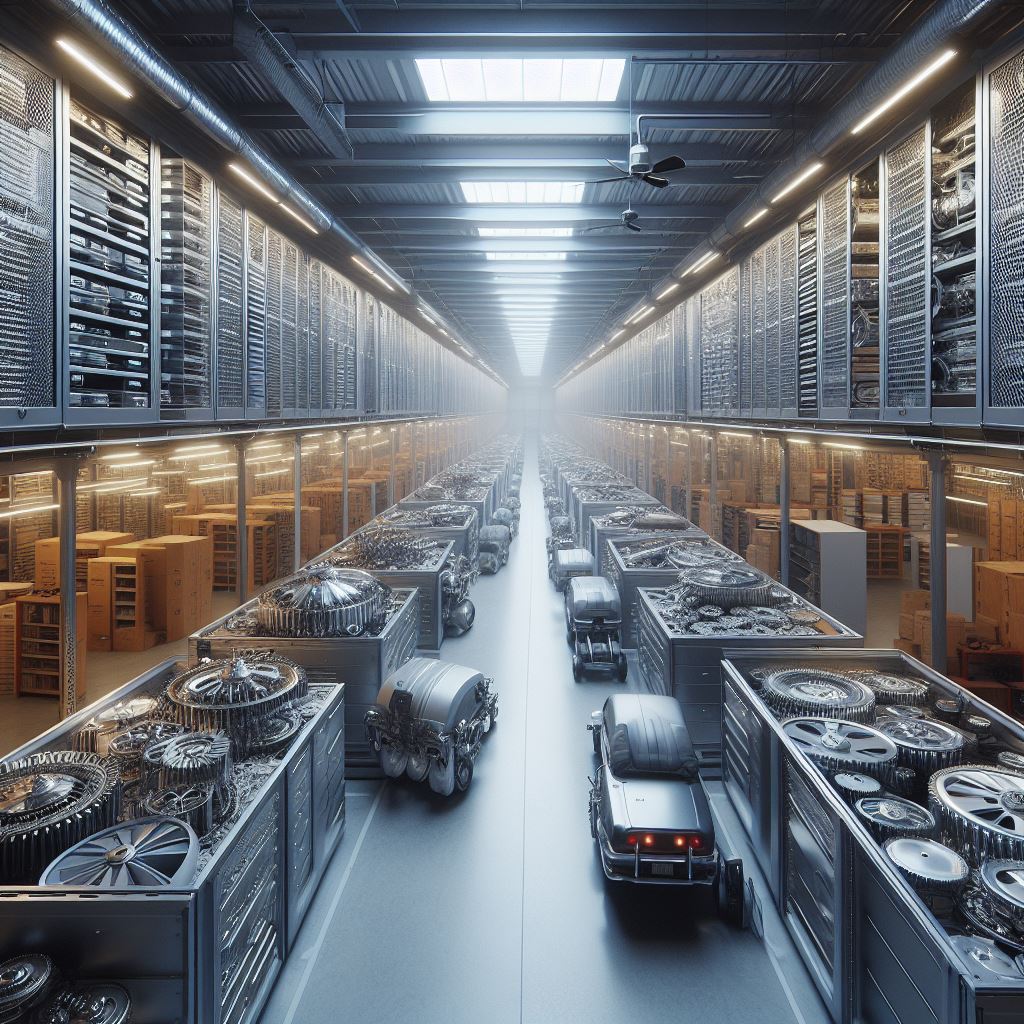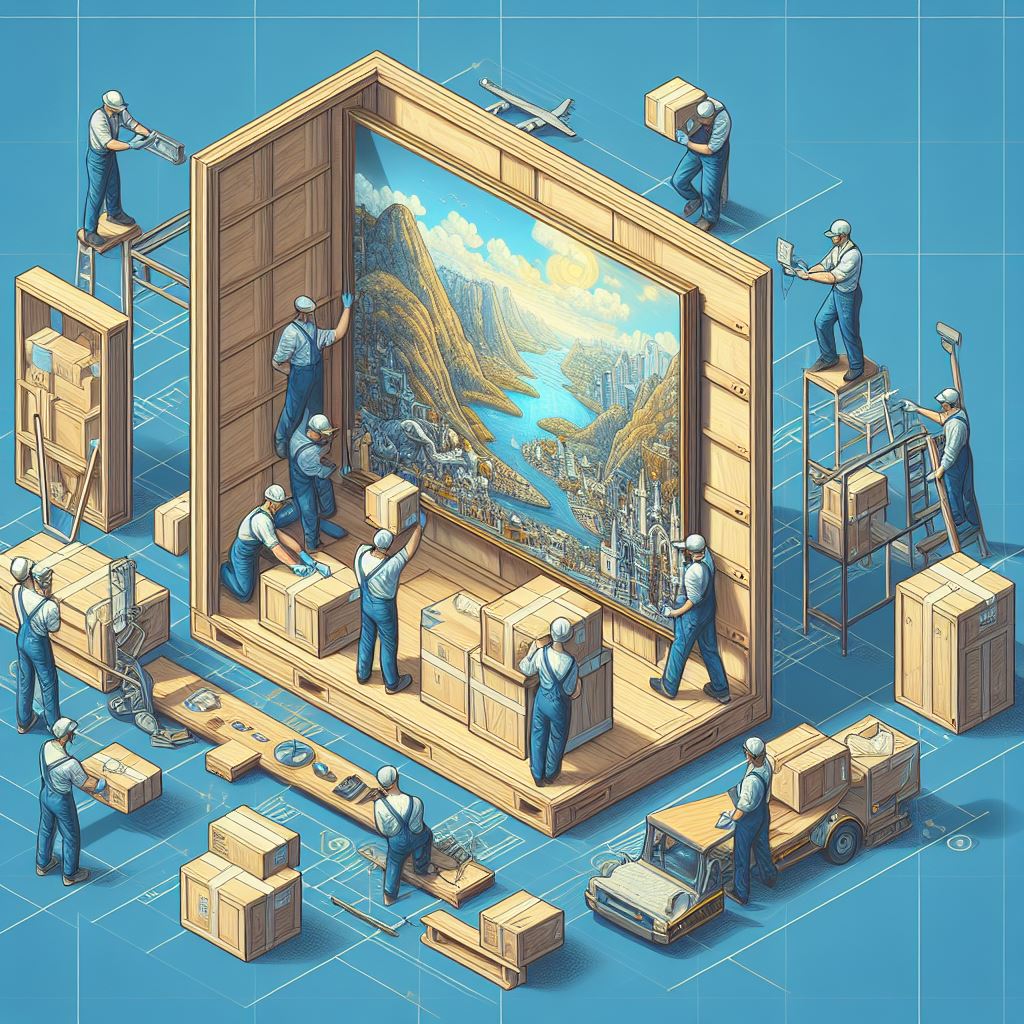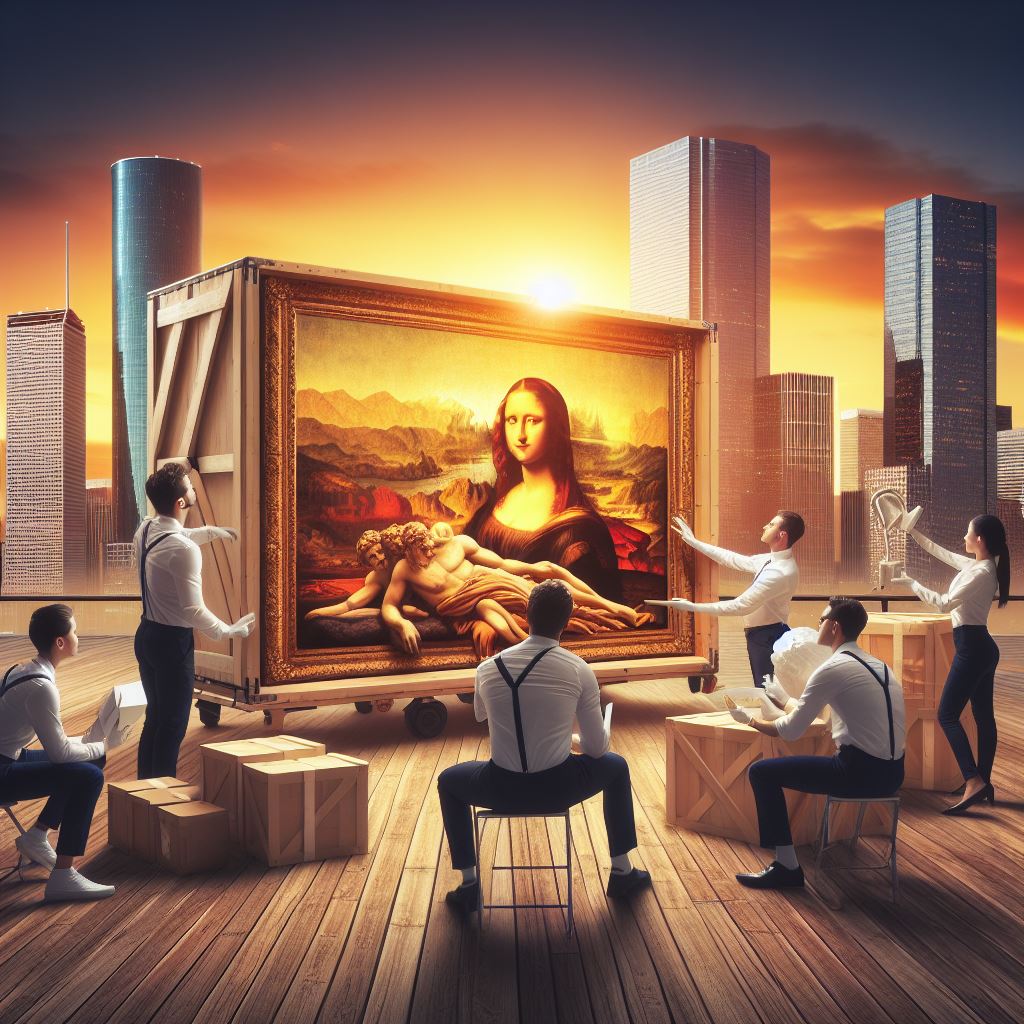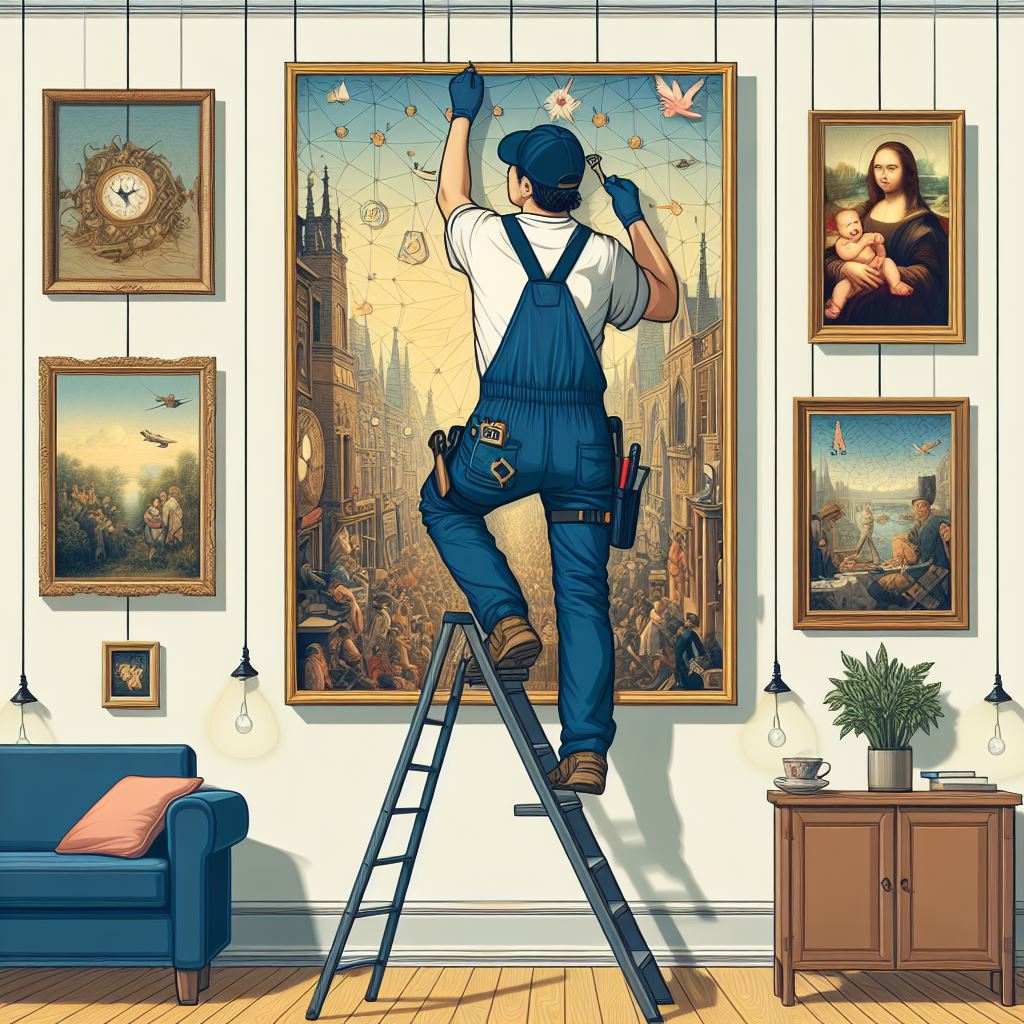Unveiling the Art Installer Job Description: A Guide
The art installation profession is a nuanced field that requires a meticulous blend of technical skills, precision, and an eye for aesthetics. As the demand for professional art installation services increases, understanding the art installer job description becomes essential for those interested in pursuing a career in this dynamic industry. An art installer is tasked with the careful handling, placement, and mounting of artwork, ensuring that each piece is displayed to its best advantage and remains secure over time.
Working across diverse settings, from private residences to corporate offices and public museums, art installers must be adept at addressing the unique challenges presented by different environments. This role not only demands a steady hand and attention to detail but also a profound appreciation for art and its impact on spaces and viewers alike.
Need Help With Your Corporate Art Installation? If so, TYart is here to help. For years, we’ve been aiding homeowners, businesses, museums, and more to ensure that their eye-catching art installations are safely and successfully put up, which speaks directly to the importance of careful handling as well as the impact these installations can have. We have installed Corporate Art in the Houston area for over 21 years. If you have any questions about art services in Houston, please don’t hesitate to reach out to us today. We can be reached by calling 713.869.4044.
Core Responsibilities of an Art Installer

At the heart of the art installer job description are core responsibilities that form the backbone of this profession. An art installer must skillfully manage the transportation and handling of artworks, which includes packing, unpacking, and ensuring that each piece is transported without damage. Once on site, they are responsible for preparing the installation space, which can involve measuring, leveling, and sometimes minor carpentry to ensure the artwork will fit and be displayed correctly.
Another key duty is the installation of the artwork itself. This involves determining the best approach to secure the art, whether it is a painting, sculpture, or mixed media. Installers must know how to use a variety of tools and hardware to mount pieces safely, taking into consideration the weight, size, and fragility of the art. They also collaborate closely with clients, artists, or curators to achieve the desired placement and presentation, often making adjustments as needed for the perfect aesthetic and sightlines.
Moreover, art installers often provide maintenance and conservation support for art collections, which may include cleaning and minor repairs, as well as advising on proper lighting and environmental conditions to preserve the artwork. The role may also extend to de-installing artworks, which requires the same level of care and precision as installing them. It’s a role that demands a unique combination of technical skill, problem-solving, and an understanding of the artistic vision.
Essential Skills for Successful Art Installation

The successful execution of an art installer job description relies heavily on a diverse set of skills. Precision and attention to detail are paramount, as the smallest misalignment or mishandling can detract from the visual impact of the artwork or, worse, damage it. Installers must have a thorough understanding of various tools and hardware, as well as the techniques used for securing different types of art safely.
Communication skills are also critical. Art installers often work with a range of stakeholders from artists to gallery owners, and being able to understand and execute their vision is essential. This requires active listening, clear verbal articulation, and the ability to provide and accept feedback graciously.
Problem-solving is another key skill; every installation space is different, and unforeseen challenges can arise. An art installer must be able to think on their feet and devise creative solutions to ensure the artwork is displayed as intended. Additionally, physical stamina and dexterity are necessary, as installers may need to handle heavy or unwieldy objects, work at heights, or in constrained spaces.
Strong organizational skills help in planning and executing installations efficiently, managing inventory of installation materials, and maintaining meticulous records of artworks and installation processes. A keen aesthetic sense is also beneficial, allowing the installer to make fine adjustments that enhance the presentation of the art. These skills, combined with a passion for art and its presentation, define the proficient art installer.
Work Environment and Physical Demands

The work environment for an art installer can be as varied as the art pieces they install. Installers may find themselves working within the pristine halls of museums, the dynamic spaces of corporate buildings, or the intimate settings of private residences. They must adapt to the unique conditions of each location, which can range from indoor to outdoor settings, each with its own challenges such as lighting, temperature, and space constraints.
Physical demands in the art installation field are significant; installers often engage in lifting, climbing, and reaching. They may be required to carry heavy frames or sculptures, work on ladders to reach high spaces, or maneuver large pieces through tight areas without causing damage. It is important for art installers to practice safety measures and be in good physical condition to handle the labor-intensive aspects of the job.
Art installers also need to be prepared to use a variety of tools, from basic hand tools to more advanced equipment like drill presses or electronic leveling devices. The ability to operate such equipment safely and correctly is essential to ensure the art is installed securely. Additionally, they should be comfortable wearing protective gear when necessary, including gloves, eyewear, or harnesses for work at heights.
The work schedule for art installers can be irregular, with the need to accommodate the timelines of clients, which may include evenings or weekends to meet the deadlines of exhibitions or art fairs. Flexibility and the willingness to work non-standard hours are often requirements of the role. Despite the physical demands and variable conditions, for those passionate about art and its presentation, the work environment of an art installer offers a rewarding and engaging career.
Career Pathways and Advancement in Art Installation

For individuals with a passion for art and a knack for precision, a career in art installation offers a unique blend of hands-on work and cultural engagement. Starting typically as assistants or apprentices, budding art installers gain vital on-the-job experience under the guidance of seasoned professionals. This initial phase is crucial for acquiring the technical skills and understanding of materials and tools necessary for the successful handling and installation of artwork.
As one progresses, opportunities to specialize in areas like sculpture installation, conservation framing, or lighting design can help an art installer to stand out and advance in their career. Gaining additional certifications or attending workshops on art handling, rigging, and installation techniques can also be advantageous. Developing a niche expertise not only enhances an installer’s skill set but also increases their value to employers and clients.
With experience, an art installer may transition to a lead installer role, managing teams and overseeing entire installation projects. These positions require strong leadership abilities and organizational skills, as well as a deep understanding of the logistical and creative aspects of art installation. Advanced roles might even include project management or consultancy, where strategic planning and client relations become key components of the job scope.
Networking within the art community, including galleries, museums, and private collectors, is also a vital part of career advancement in art installation. Building a reputation for meticulous work and reliability can lead to more high-profile projects and, consequently, further career growth. For those with an entrepreneurial spirit, there is also the potential to start one’s own art installation business, catering to a specific market or expanding service offerings.
Understanding the Art Installation Market and Opportunities
The art installation market is an intricate tapestry of opportunities that extends across various sectors, including private collections, corporate environments, public spaces, and educational institutions. Knowledge of current art trends, an understanding of the collector’s mentality, and the capability to adapt to diverse installation environments are crucial for those seeking to thrive in this field.
Private collectors and galleries often seek installers with an eye for aesthetics and a gentle touch to handle valuable pieces. Corporate clients, on the other hand, may prioritize installers who can contribute to brand enhancement through strategic art placement. In public spaces, the ability to engage with community themes and ensure public safety becomes paramount. Meanwhile, educational institutions may look for installers who can both inspire and educate viewers through the thoughtful presentation of art.
The rise of experiential art exhibits and interactive installations has also opened new avenues for installers to collaborate with artists and technologists. These projects often require a blend of creative problem-solving and technical proficiency, pushing the boundaries of traditional art installation.
The versatility and expansion of the art installation market signal a promising outlook for professionals in the industry. With the right mix of technical skills, artistic sensibility, and client management, art installers can find rewarding opportunities to showcase their expertise.
Need Help With Your Corporate Art Installation? If so, TYart is here to help. For years, we’ve been helping homeowners, businesses, museums, and more ensure that their eye-catching art installations are safely and successfully put up. This means we’re familiar with the importance of careful handling, as well as the impact these installations can have. We have installed Corporate Art in the Houston area for over 21 years. If you have any questions about art services in Houston, please don’t hesitate to reach out to us today. We can be reached by calling 713.869.4044.



